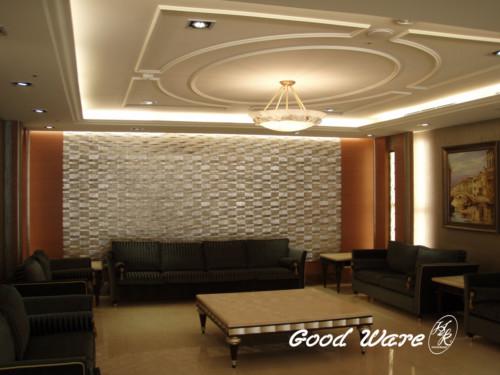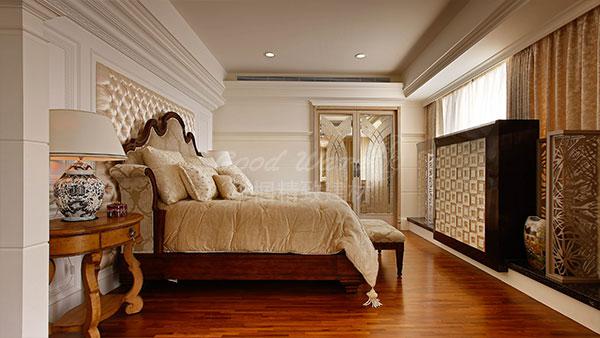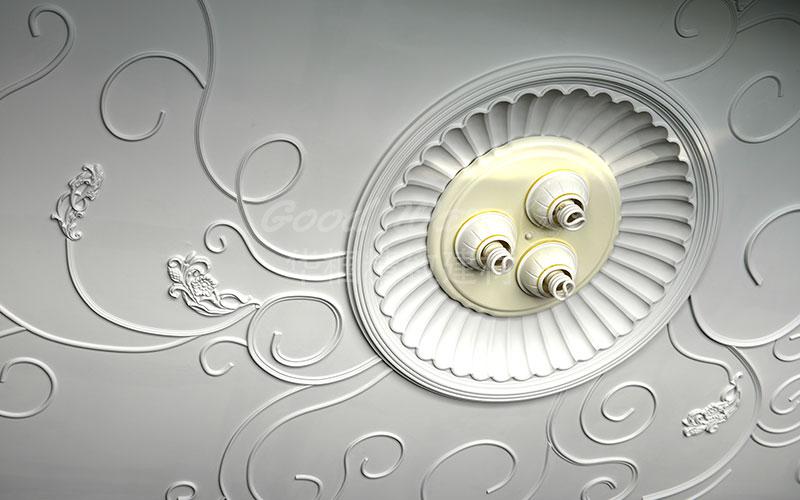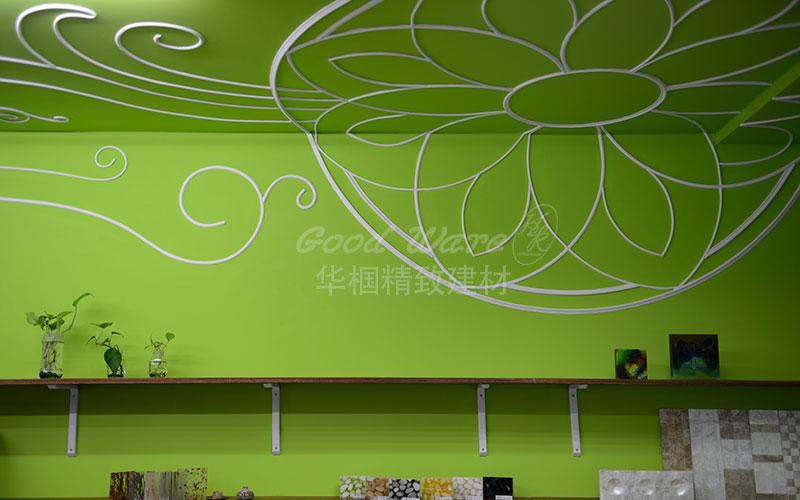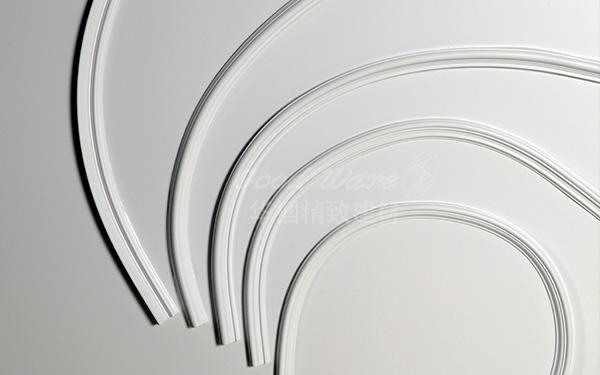In architecture, a corbel is a structural piece of stone, PU or metal jutting from a wall to carry a superincumbent weight, a type of bracket. A corbel is a solid piece of material in the wall, whereas a console is a piece applied to the structure. A piece of timber projecting, in the same way, was called a “tassel” or a “bragger” in the UK. The technique of corbelling, where rows of corbels deeply keyed inside a wall support a projecting wall or parapet, has been used since Neolithic, or New Stone Age, times. It is common in Medieval architecture and in the Scottish baronial style as well as in the vocabulary of classical architecture, such as the moldings of a Corinthian cornice, Hindu temple architecture and in ancient Chinese architecture.

A console is more specifically an “S”-shaped scroll bracket in the classical tradition, with the upper or inner part larger than the lower (as in the first illustration) or outer. Keystones are also often in the form of consoles. Whereas “corbel” is rarely used outside architecture, “console” is widely used for furniture, as in console table, and other decorative arts where the motif appears.
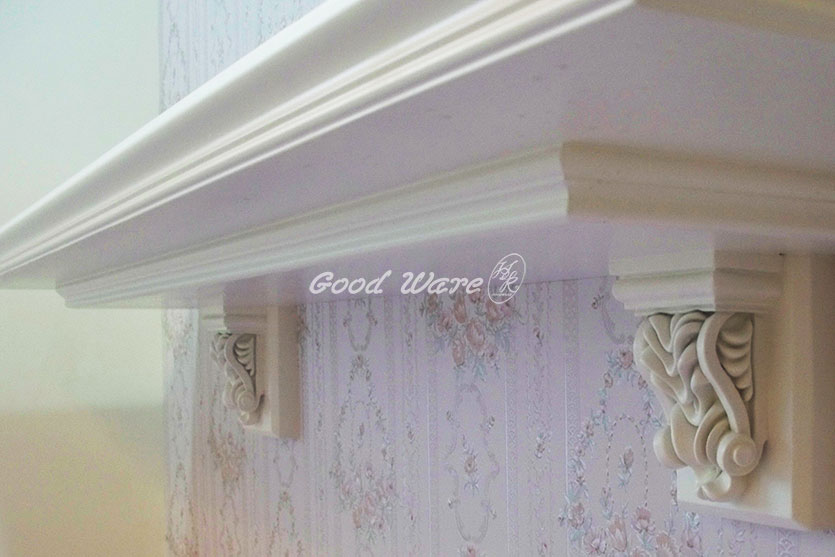
The Contribution of Corbel in House
Corbels are a type of decorative wall bracket used for supporting heavy loads. They are usually made from stone, PU, plaster or more recently from modern polymers designed to give the appearance of traditional plaster molds but without the heavy weight factor. Corbels were a common feature of medieval architecture and are still used in buildings today, although their style has evolved over time.
Originally corbels were made out of stone and featured fairly basic designs, but as time progressed this changed and with various styles laying their influence on architecture, corbels developed to become more and more elaborate.
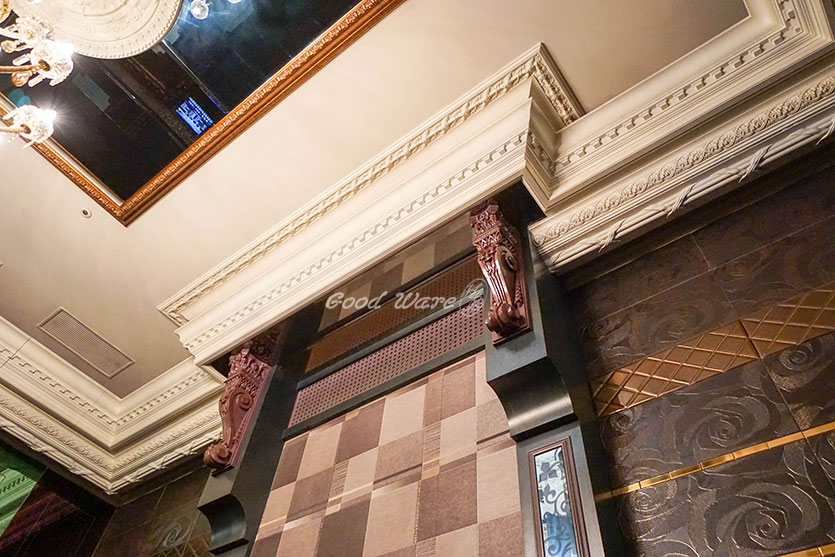
How to use corbels in House
There are different ways that you can use corbels in your home. They are typically used for adding extra support to shelves. This is especially recommended if you’re planning to place heavy items on a shelf such as books or large ornaments. Corbels can also provide extra support for counter tops and tables with surfaces that extend over an edge.
Of course as well as this practical feature, corbels are also used decoratively. They can be integrated into walls as an architectural feature both indoors and outdoors. Many old buildings, particular churches such as Lincoln Cathedral boast some fantastic examples of corbels used externally.
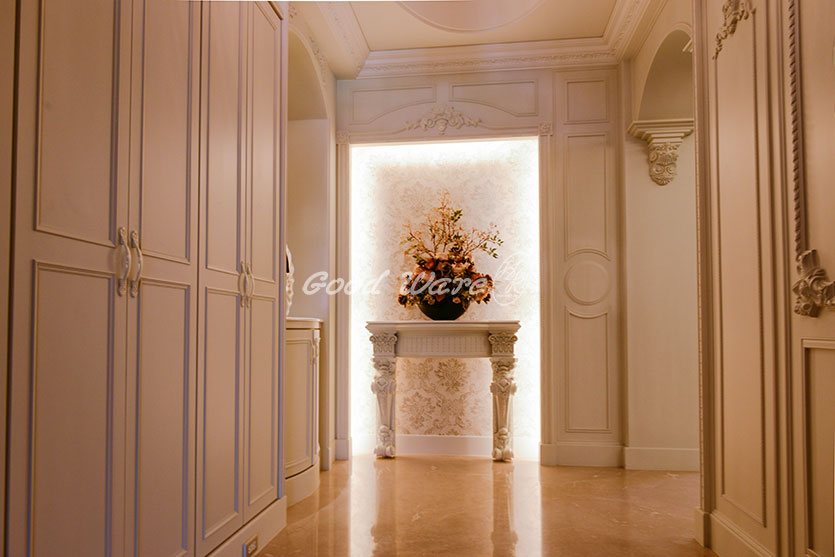
Designs and Materials
There are several different corbel designs to choose from today. Many of these, if you don’t want to scour an antique store for a vintage corbel, can be purchased at local hardware stores. Unfinished ones can be painted or stained to go with any interior color scheme. While there may be hundreds of corbels to pick from, they all come from three basic styles. Mission corbels are boxy but simple, taking their name from Spanish missions and the slightly southwestern style they present. Traditional corbels are unadorned and used for structural support. Classical corbels reflect the old-fashioned Victorian styles and are highly carved and elegant looking.
There are four materials today’s corbels are made of. Most interior corbels are made of PU. Some can be made of manufactured materials such as laminate and are made to look like PU. Other corbels can be made of metal and used for decorations or even light fixtures. Speaking of light fixtures, some corbels can even be lit, adding additional lighting in dark corners. Stone corbels are still used in some places, but mostly in large buildings.

